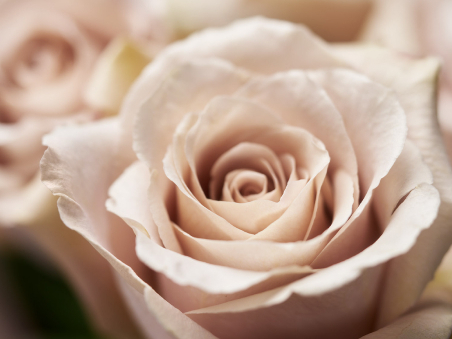Red roses, the Valentine's Day favourite
For Valentine's Day, all you need is love... and red roses!
Red roses, the eternal and timeless red roses. They are the ones that immediately come to mind when we talk about Valentine's Day or even love in general.
In this article, we tell you about the red rose, considered the queen of flowers, and everything you need to know about it.
And we show you our most beautiful bouquets that feature it.

Our special collection presents roses from every colours and a big variety of stunning fresh flowers.
DiscoverDid you know that…
- The rose is the most widely cultivated and sold flower in the world.
- The rose was present even before the first humans appeared, 60 million years ago!
- Genetically speaking, roses and strawberries come from the same flower.
- It has healing properties that were already studied in Chinese medicine around 4000 BC.
The red rose, symbol of love
In general, the gift of red roses speaks for itself, so strong is the symbolism of the feelings associated with them. The delicate lines of its petals with their silky touch, the depth of the red that covers it and its many bright or dark shades, the red rose is fascinating. It can only express ardour, strength and intensity, and has done so since literally the dawn of time. Didn't Cleopatra herself have a carpet of red roses laid out in her room when she received her lover?
In ancient times, the red rose was associated with the goddess Aphrodite for the Greeks and with Venus for the Romans. The symbol of beauty that it conveys has survived the centuries. From the 18th century onwards, a special language appeared through the rose for lovers forced to keep their feelings secret.
The red rose then became the symbol of true love capable of overcoming dangers and resisting all obstacles. For Christians, the red rose is associated with the virtue of the Virgin Mary. Symbols of the red rose can be found in many classical paintings.
Which roses and how many to choose?
Traditionally, roses are offered by the dozen.
The red rose expresses passion, eroticism and the ardour of feelings.
The white rose expresses respect, purity and fidelity.
The red rose evokes sensuality and seduction.
The yellow rose is generally synonymous with power and betrayal.
The orange rose expresses dynamism and originality.
The pastel rose expresses softness and tenderness.
1 rose: love at first sight.
3 roses: I love you.
12 roses: Together for life.
36 roses: Engagement proposal.
108 roses: Proposal of marriage.
Care tips
- Select a vase with a suitable size to the roses, make sure this vase is clean. This is very important to avoid germs or bacteria that may kill your flowers. Soapy water and a good rinse are perfect!
- Fill in the vase with tab water at room temperature and add flower food. This is a very important step as this small bag full of nutriments will help your roses to better absorb water and remain beautiful much longer. The flower food will also enable to keep the water as clean as possible with no bacteria.
- Remove the leaves from the stems, especially the leaves that may be under the water line. Thus you avoid the water to become murky with rotting leaves. Check also the petals that surround the blooms and don’t hesitate to remove those that don’t seem fresh as well as any broken heads. A dirty water will stuck the stem and no water or nutriments will go up to the bud.
- Recut at least 2cm of the stem using a clean sharp knife or a secateur. Never use cissors who will simply crush the fibers and water will not be able to reach the top of the flower. Always cut a large surface (2 to 3cm) in a 45° angle because a large surface takes up a lot more water and nutriments than a small surface. Put them immediately in the water to prevent “bent-neck” caused by air bubbles that may enter the stems. After a few days you can take the bouquet out of the vase and recut the stems, 1 cm is enough to make sure that bottom of the stems don’t clog up with bacteria and all kind of dirty things in the water.
- Check water every day and refill if needed. If you used the right quantity of flower food you just need to adjust the water quantity. But if you see that the water is murky or dirty, don’t hesitate to change it entirely. Empty the vase, clean it carefully, recut the stems and fill in the vase with tap water and flower food.
- Store your flowers in a cold room during the night. Avoid direct sun, draughts and keep them away from ripening fruits which produce ethylene




